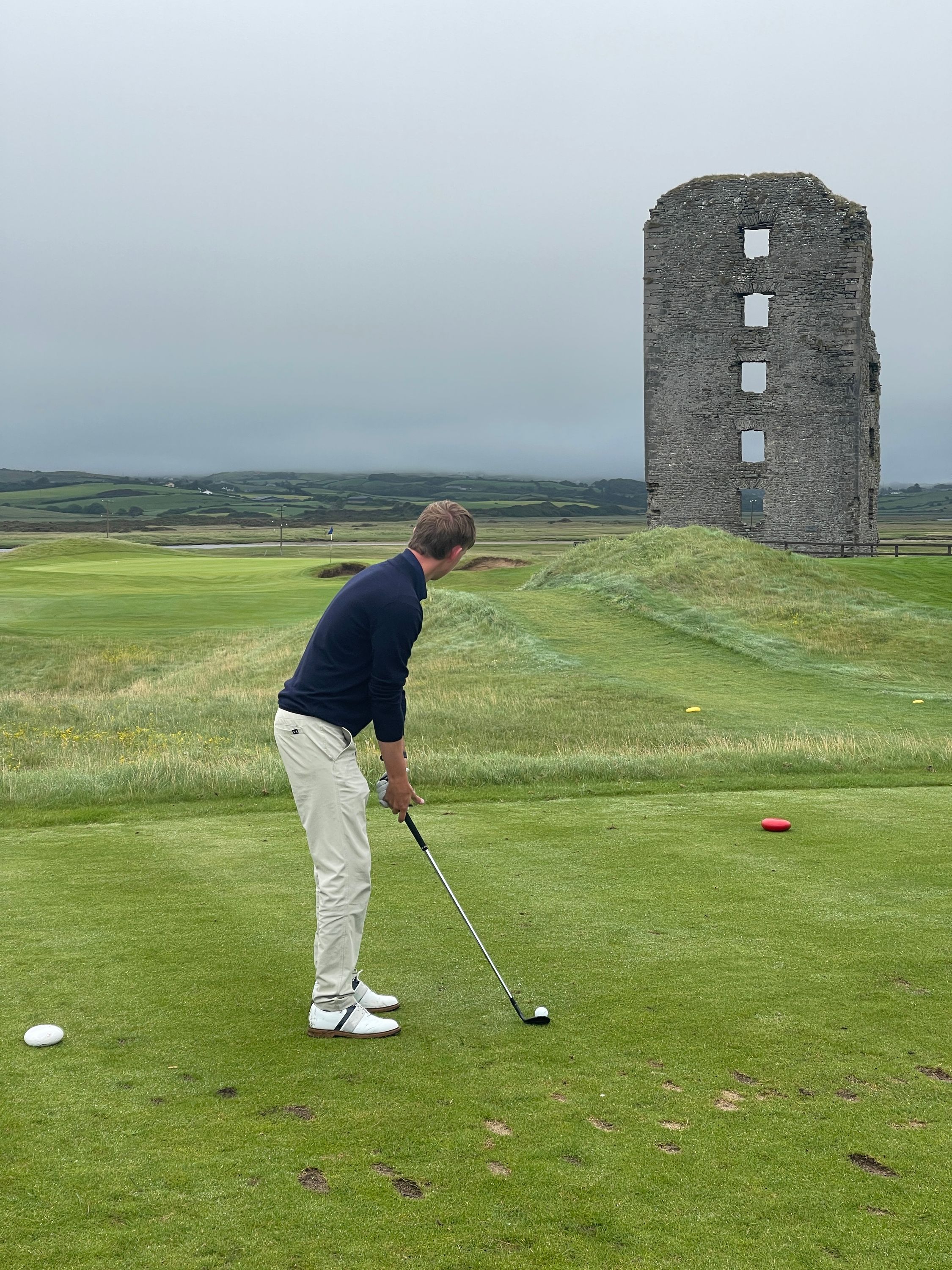Irons
Irons make up the majority of your golf bag, so buying the right ones is essential to improving your game and enjoying your time on the golf course. There are many types of irons with different specifications, and we will help you narrow down the options and make sure you find the right clubs.
Our selection of irons
We have the very latest models from every major brand including Callaway, TaylorMade, Titleist and Cobra, each delivering varying features and benefits for golfers of all levels.
A standard set of irons either go from 3-iron to pitching wedge (PW) or 3-iron to sand wedge (SW), while other sets go from 3-iron up to 9-iron, with some golfers preferring to buy their wedges separately. Generally, 1 and 2-irons and driving irons are used by players with a high skill level, with most golfers preferring more forgivable fairway woods.
More and more golfers are now even replacing 3 and 4-irons with easier-to-hit hybrid clubs, and some iron sets are now sold starting from 4 or 5-iron.
What you need to know
The majority of irons are cast irons, made by pouring metal into a cast, while forged irons are carved out of a solid piece of steel. Forged irons have a reduced sweet spot and are typically aimed towards higher skilled players, while less skilled players tend to stick to cast irons which are able to include various design elements to help get the ball off the ground. Cast Irons are also more affordable.
There are various designs of irons. Blade irons are designed for better players and feature a thin face and a compact hitting area. They offer more feel and shot-shaping ability than cavity back irons and are sometimes referred to as muscle back irons.
Cavity back irons have a cavity in the back of the head which concentrates more weight on the perimeter, increasing the Moment of Inertia (MOI), or forgiveness, of the club and increasing its sweet spot. Cavity back irons are more suited to mid to high handicap golfers.
Hybrid iron sets are aimed towards players who struggle to hit longer irons, high-handicap or older players. The set progresses from cavity back short irons, through hollow back or reduced cavity mid irons to part-iron/part-wood hybrid clubs.
The most commonly chosen shaft for irons is steel, which is stronger and heavier than graphite and produces less flex, increasing accuracy. Graphite shafts are lightweight and flexible, allowing golfers to increase swing speed and distance, but with less feel due to increased flexibility. They also tend to be more expensive.
If you're taller or shorter than average, you will need to consider the lie-angle of your irons. This is the angle created between the centre of the shaft and ground when you put your iron in the address position. Generally, shorter players will benefit from flatter lies, while taller golfers may need them a little more upright.
Here’s our guide to the best new irons on the market in 2020.






















































